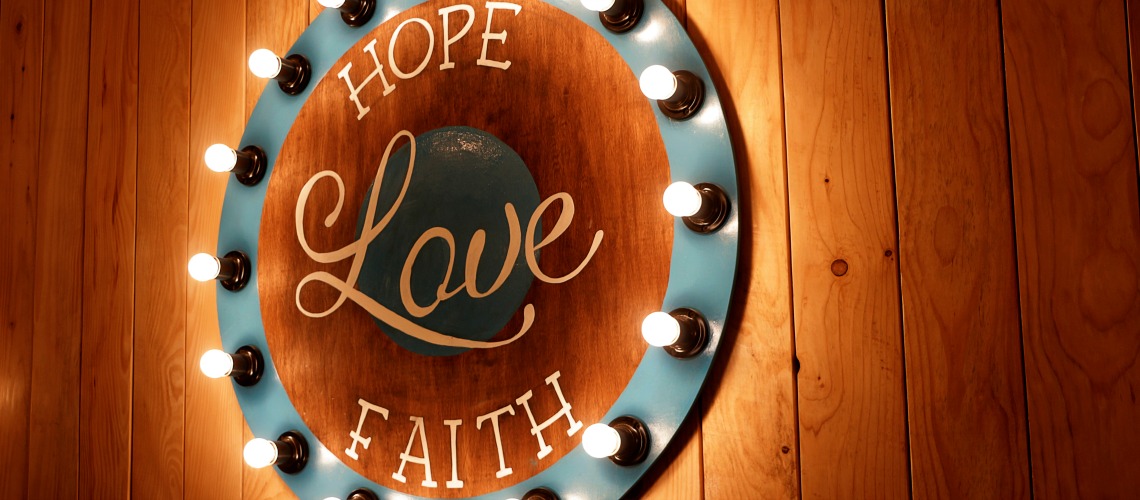Right about now, I should be laying on the operating table.
I should be clenching my mother’s hand and taking slow, meditative breaths as the surgeon carefully stings my lower back with precision. I should be listening to every click and every spin as a fluoroscopy machine rotates around my body. I should be receiving my fifth dose of Spinraza.
But, instead, I am here. Writing to you from my couch and listening to the rain fall, wishing things could have panned out a little differently today.
“I’m not sure if Monday is in my best interest,” I painfully said to my surgeon over the phone on Friday evening. The words tasted sour as they slipped off my tongue. How did I get here? I worked so damn hard to stay healthy this winter, then something completely out of my control decided to dictate this heart-wrenching decision. But, despite wanting to go for another treatment in the worst way, I knew I had to listen to my body, first.
“You’re a very unique case, and it’s always hard to determine what’s wrong with you,” he reminded me over the phone, advising against a lumbar puncture today. Just to confirm, he dialed in my neurologist who also agreed.
Of course, I’m a unique case, I thought- it’s been the same story for 26 years. But, as much as society tells you that being unique makes you admirable and different, every once in awhile, I wish I could just conform to the norm. I wish I could go to a doctor, have them tell me exactly what is wrong, and send me on my merry way. I wish I wouldn’t self-diagnose on WebMD and work myself into an absolute panic on all the possibilities that could be going wrong. I wish I had answers.
In my previous post, I mentioned how I almost passed out at the dentist. Well, what I thought had been a fluke had become an unfortunate routine for me. Three and a half weeks later, I continue to feel lightheaded. I continue to be sensitive to light. The slightest motions continue to set me off. And, these mini fainting spells continue to occur.
Worst of all, I’m not me. I’ve learned to put on a great show for others, and at times, I do have glimpses of my old self. I’ve learned the triggers and how to respond to them. But, it’s not enough. I’m generally a positive person. I like finding the good in every bad situation, but I’ve exhausted all my attempts at trying to make sense of this. I’ve reached a point where I don’t care about what’s wrong with me, and I’m tired of wasting my days in an ER or doctor’s office. (Doctors have some ideas, though.) I just want to get better.
Amidst trying to find answers, though, I remind myself that this is all, and forever will be, in God’s hands. He is in charge of guiding the way, and I am in charge of following by faith. Today’s procedure wasn’t a part of His plan, and despite wishing it had been, I put my trust in Him knowing that letting go and putting my faith in God is the only type of control I will ever have in my life.
The past four months I’ve been extremely fortunate. Although I haven’t gained any strength since my last update, I’ve MAINTAINED, and everyone in the SMA community knows how victorious this sweet, sweet word is. Maintaining is good, and maintaining is promising. It means Spinraza is still residing in this little body of mine and working its magic. And, it means I still have time.
Time to fight whatever it is I’m fighting. Time to recuperate afterward. And, time to let God lead the way to my next appointment.
To be continued.


 Scream, cry, feel sorry for yourself, and just plain ol’ hate life. Be bitter. Be angry. Be anything you feel like being because you’re entitled to feel whatever it is you want to feel. But, there comes a point when you have to realize that these emotions you’re feeling are not in control of you. Instead, you are in control of them. Knowing this, I came to realize from his advice, is the foundation for overcoming any and every “storm” of life.
Scream, cry, feel sorry for yourself, and just plain ol’ hate life. Be bitter. Be angry. Be anything you feel like being because you’re entitled to feel whatever it is you want to feel. But, there comes a point when you have to realize that these emotions you’re feeling are not in control of you. Instead, you are in control of them. Knowing this, I came to realize from his advice, is the foundation for overcoming any and every “storm” of life.